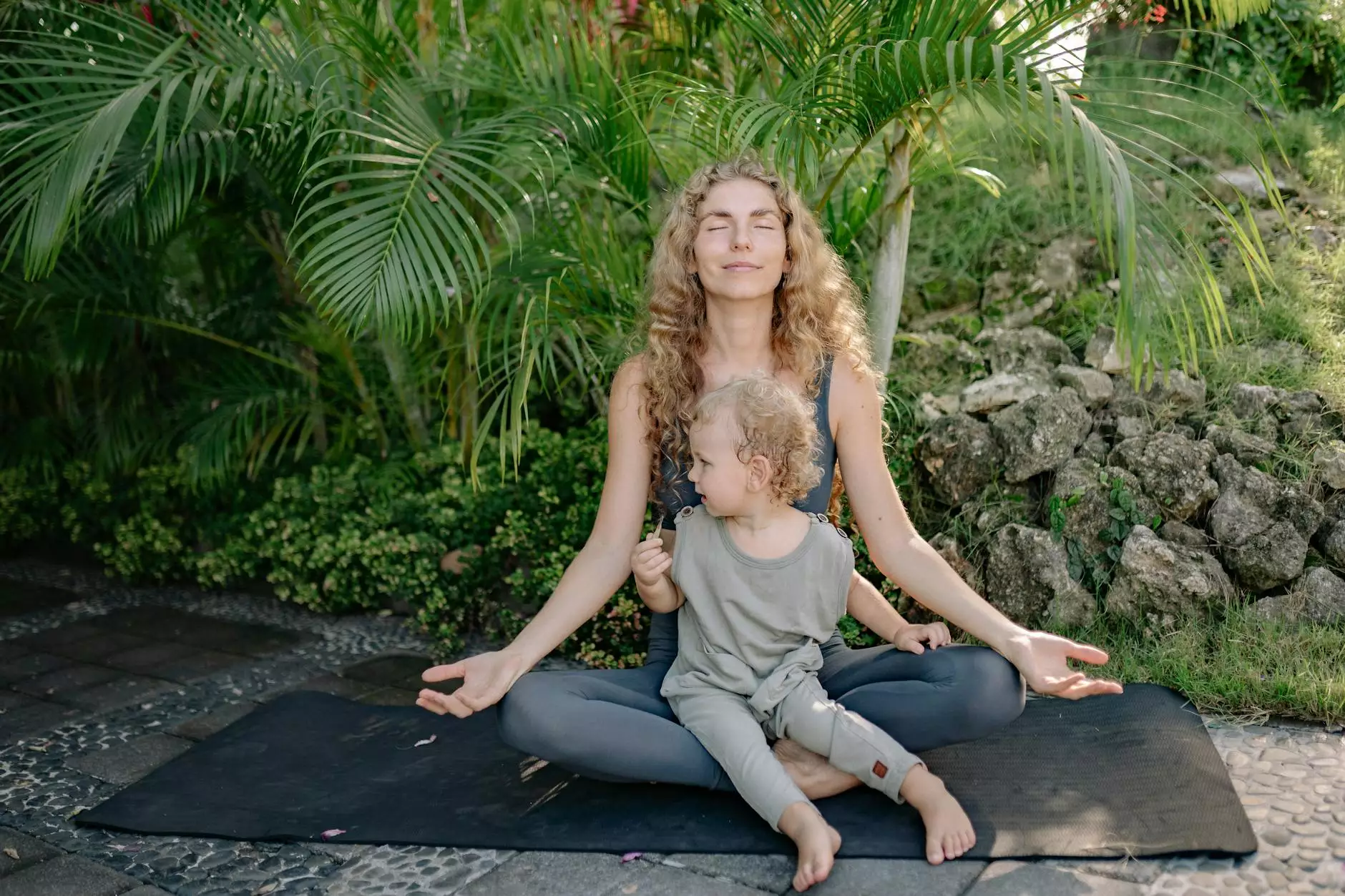How To Increase Flexibility
Blog
Introduction
Welcome to the world of improved flexibility and enhanced physical performance! In this comprehensive guide, renowned chiropractor and health expert Mary Jo Giagiari, D.C. will share her invaluable insights on effective techniques to increase flexibility, while promoting overall health and well-being.
The Importance of Flexibility
Flexibility plays a critical role in our daily lives, influencing our ability to perform various physical activities and preventing injuries. Whether you're an athlete aiming to enhance your performance, or simply seeking to improve your daily mobility, prioritizing flexibility training is key.
Benefits of Flexibility Training
Engaging in regular flexibility training offers a multitude of benefits for individuals of all ages and fitness levels. Some of the advantages include:
- Injury Prevention: Improved flexibility reduces the risk of muscle strains, sprains, and joint injuries.
- Enhanced Performance: Increased flexibility leads to better athletic performance, as it allows for a wider range of motion and improved muscle function.
- Improved Posture: Proper flexibility promotes correct alignment, decreasing the likelihood of developing posture-related issues such as back pain and muscle imbalances.
- Joint Health: Flexibility exercises help maintain healthy joints by promoting synovial fluid circulation and preventing stiffness.
- Stress Relief: Engaging in flexibility training promotes relaxation, reduces muscle tension, and relieves stress, contributing to overall mental well-being.
Effective Techniques to Increase Flexibility
1. Dynamic Stretching
Dynamic stretching involves continuously moving parts of your body through a full range of motion, without holding a specific position. It helps to warm up the muscles and improve flexibility before engaging in more intense physical activities. Incorporate dynamic stretching exercises such as arm circles, leg swings, and high knees into your workout routine.
2. Static Stretching
Static stretching involves holding a specific position for a prolonged period, allowing the muscles to relax and elongate. This form of stretching is best performed after a workout or physical activity. Make sure to target major muscle groups, including hamstrings, quadriceps, calves, and shoulders, holding each stretch for 15-30 seconds.
3. Yoga and Pilates
Yoga and Pilates are excellent practices that focus on flexibility, strength, and mindfulness. These disciplines incorporate various poses and movements that help improve flexibility, balance, and core strength. Consider joining a yoga or Pilates class or following online sessions led by experienced instructors.
4. Proprioceptive Neuromuscular Facilitation (PNF)
PNF stretching is a technique that involves a combination of stretching and muscle contraction. It targets specific muscle groups, promoting deep muscle stretching and increased flexibility. PNF stretching is particularly useful for athletes and individuals seeking significant flexibility gains. Consult a certified professional, like Mary Jo Giagiari, D.C., to learn proper PNF stretching techniques and ensure safety.
5. Foam Rolling
Foam rolling, also known as self-myofascial release, is a technique that utilizes a foam roller to apply pressure to different areas of the body. This practice helps release muscle knots, alleviate tightness, and improve muscle flexibility. Incorporate foam rolling as part of your warm-up or cool-down routine for optimal benefits.
6. Regular Massage Therapy
Regular professional massage therapy sessions not only provide relaxation but also help improve flexibility. Massage helps increase blood circulation, reduce muscle tension, and enhance joint mobility. Schedule regular appointments with a qualified therapist, such as Mary Jo Giagiari, D.C., to help support your flexibility goals.
7. Take Care of Your Body
Remember to prioritize overall health and well-being when aiming to increase flexibility. Stay adequately hydrated, maintain a balanced diet, and get enough quality sleep. Proper nutrition and rest contribute to muscle recovery and tissue repair, essential for achieving optimal flexibility.
Conclusion
Increasing flexibility is an essential component of maintaining a healthy and active lifestyle. By incorporating the effective techniques discussed in this guide, you can gradually enhance your flexibility, reduce the risk of injuries, and enjoy improved physical performance in various activities. For personalized guidance and professional care, reach out to Mary Jo Giagiari, D.C., a trusted expert in chiropractic care and health. Start your journey towards increased flexibility today!




